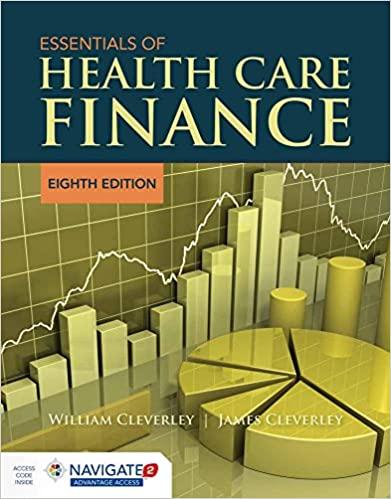

Question 3 The year is 2020. Suppose today is January 17. The S&P500 Index is an aggregate stock index which includes 500 of the largest securities in the US market. Assume throughout this question that the dividend yield on the S&P500 is known and con- stant at 2% (continuous compounding); the risk-free rate is known and constant at 5% (continuous compounding). Suppose the current value of the S&P500 Index is 3,329.62, and the futures price for the March contract (with maturity March 17, 2020) is 3,331.27. (a) You work for a bank which has entered into a forward contract with a client, promising to pay the client $1.2 Million times the value of the S&P500 Index on February 17, 2020 minus $3.5 billion. If this amount is negative, the client pays your bank. The payment itself takes place on February 17, 2020. The bank asks you to hedge the risk from this client transaction. You decide to use futures contracts on the S&P500 Index which trade on the CME. The S&P500 e-mini futures contract has a notional value of $50 times the index value. These contracts trade on the March/June/September/December quarterly cycle, so the front month contract with the most liquidity is currently the March contract. (a.1] Does this hedge involve lifting the hedge or rolling the hedge? [a.2] Describe in detail the hedging strategy you employ (all the trades you would make, e.g. on which date(s), how many contracts, long or short). [a.3] What is the value of the hedged cash flow on February 17? (b) Assume the same setup as in part (a), but now the client transaction is linked to the value of the S&P500 Index on June 17 and the payment takes place on June 17. Currently, the June futures contracts do trade but liquidity is low so you do not want to trade it. Once the March contracts expire the liquidity will shift to the June contract, which then become front month and you can trade it. [b.1] Does this hedge involve lifting the hedge or rolling the hedge? [b.2] What are two ways to see if a futures contract has high or low liquidity? N [b.3] Describe in detail the hedging strategy you employ (all the trades you make, e.g. on which date(s), how many contracts, long or short, along with any additional transactions (e.g. riskless borrowing and lending) you need to do). [b.4] What is the value of the hedged cash flow on June 17? Question 3 The year is 2020. Suppose today is January 17. The S&P500 Index is an aggregate stock index which includes 500 of the largest securities in the US market. Assume throughout this question that the dividend yield on the S&P500 is known and con- stant at 2% (continuous compounding); the risk-free rate is known and constant at 5% (continuous compounding). Suppose the current value of the S&P500 Index is 3,329.62, and the futures price for the March contract (with maturity March 17, 2020) is 3,331.27. (a) You work for a bank which has entered into a forward contract with a client, promising to pay the client $1.2 Million times the value of the S&P500 Index on February 17, 2020 minus $3.5 billion. If this amount is negative, the client pays your bank. The payment itself takes place on February 17, 2020. The bank asks you to hedge the risk from this client transaction. You decide to use futures contracts on the S&P500 Index which trade on the CME. The S&P500 e-mini futures contract has a notional value of $50 times the index value. These contracts trade on the March/June/September/December quarterly cycle, so the front month contract with the most liquidity is currently the March contract. (a.1] Does this hedge involve lifting the hedge or rolling the hedge? [a.2] Describe in detail the hedging strategy you employ (all the trades you would make, e.g. on which date(s), how many contracts, long or short). [a.3] What is the value of the hedged cash flow on February 17? (b) Assume the same setup as in part (a), but now the client transaction is linked to the value of the S&P500 Index on June 17 and the payment takes place on June 17. Currently, the June futures contracts do trade but liquidity is low so you do not want to trade it. Once the March contracts expire the liquidity will shift to the June contract, which then become front month and you can trade it. [b.1] Does this hedge involve lifting the hedge or rolling the hedge? [b.2] What are two ways to see if a futures contract has high or low liquidity? N [b.3] Describe in detail the hedging strategy you employ (all the trades you make, e.g. on which date(s), how many contracts, long or short, along with any additional transactions (e.g. riskless borrowing and lending) you need to do). [b.4] What is the value of the hedged cash flow on June 17








